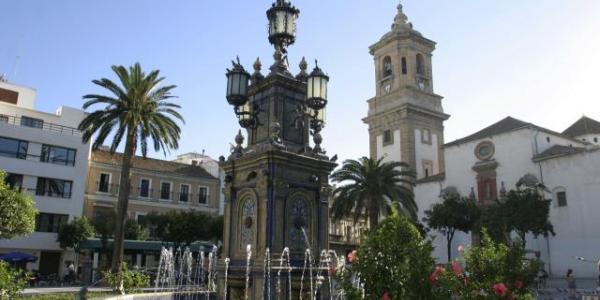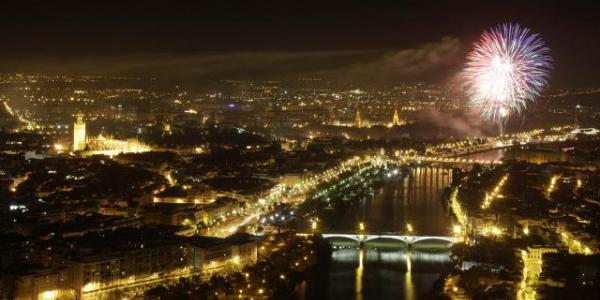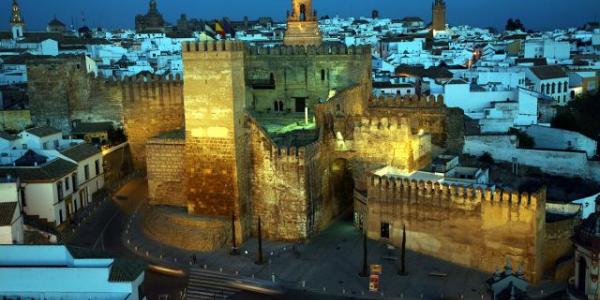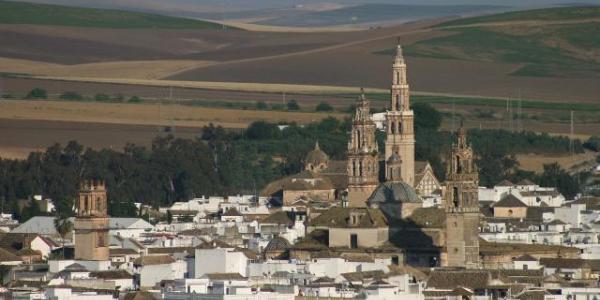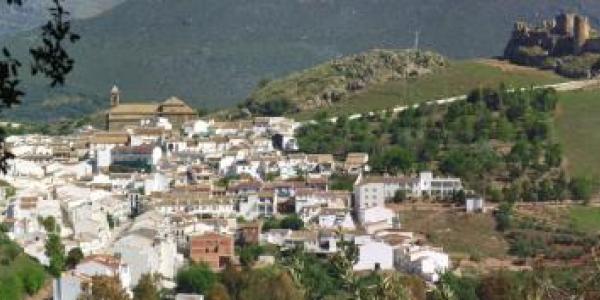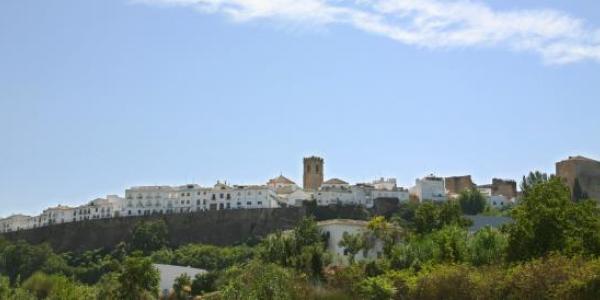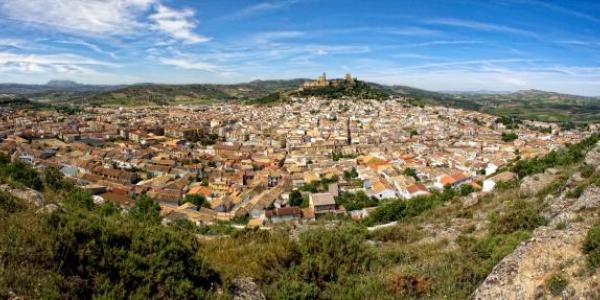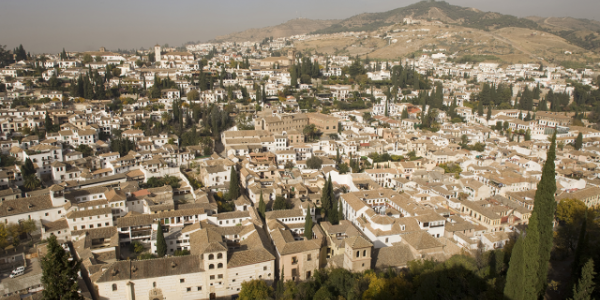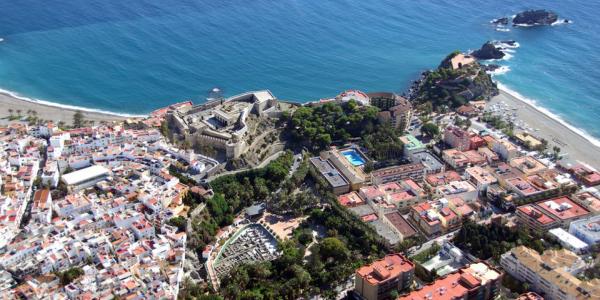Castle, walls, and gates

The medieval enclosure was centred on the castle and adjoined the town wall. The remains of the fortress stand on the highest point of the mountain. With Roman foundations, it was built in Umayyad times between the 8th and 10th centuries, and subsequently renovated by Muslims and Christians. Today fragments of its central part remain, like the alcázar (fortress), with a double bend entrance and the Tower of Doña Blanca, with a chamber where the local council used to meet in the 16th century. In the surrounding area, we can find the remains of La Villa Vieja and the arch or gate of Belén, close to the Caballerizas del Duque (stables). As well as the remains of walls and towers, the walled perimeter still contains the Sol Gate and La Pastora Arch, the most important gate and the least reformed. It is a splendid 10th-century stone construction with a double horseshoe arch.
Church of Santa María la Coronada

The high church of Medina Sidonia represents the nerve centre of the oldest quarter of the city. Located on the site of the former mosque, the construction began in the late 15th century, and ended in the 16th. The bell tower was added in the following century. It is considered an excellent sample of the so-called “aristocratic Gothic”, the late Gothic style, with certain Plateresque-style features. It has an elegant interior with elaborated stellar vaults in the transept and choir, where an artistic altarpiece with mid-16th-century sculptures is placed.
Archaeological collection of Roman remains

Along Espíritu Santo Street, near La Pastora Arch, we can gain access to a fascinating collection of 1st-century underground Roman galleries. It is a complex system of drains and water pipes, with a vaulted main passage which proves the urban development this city underwent at the beginning of our era, an unusual testimony to the past captivating the originality of its spaces and the expertise of its building.



